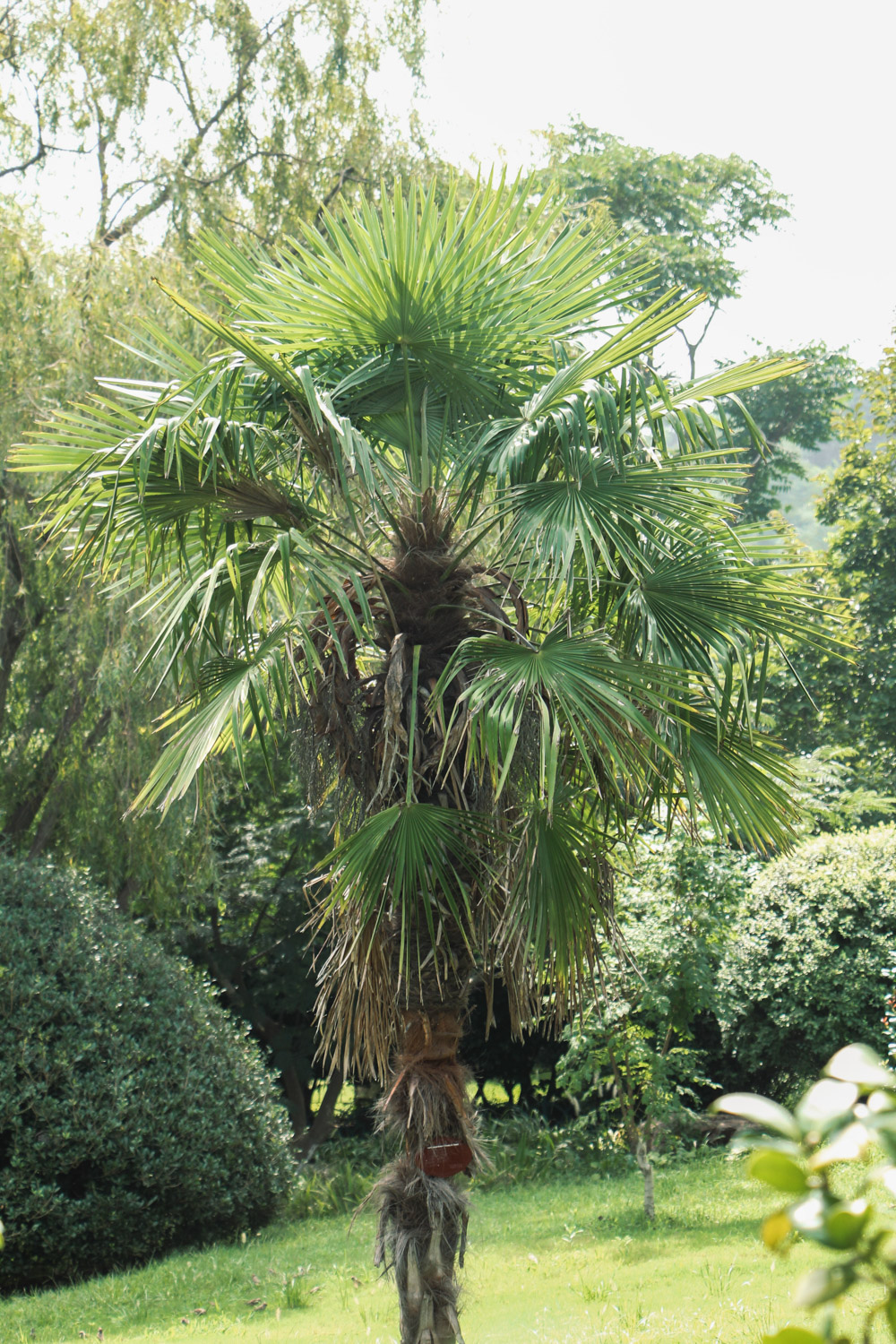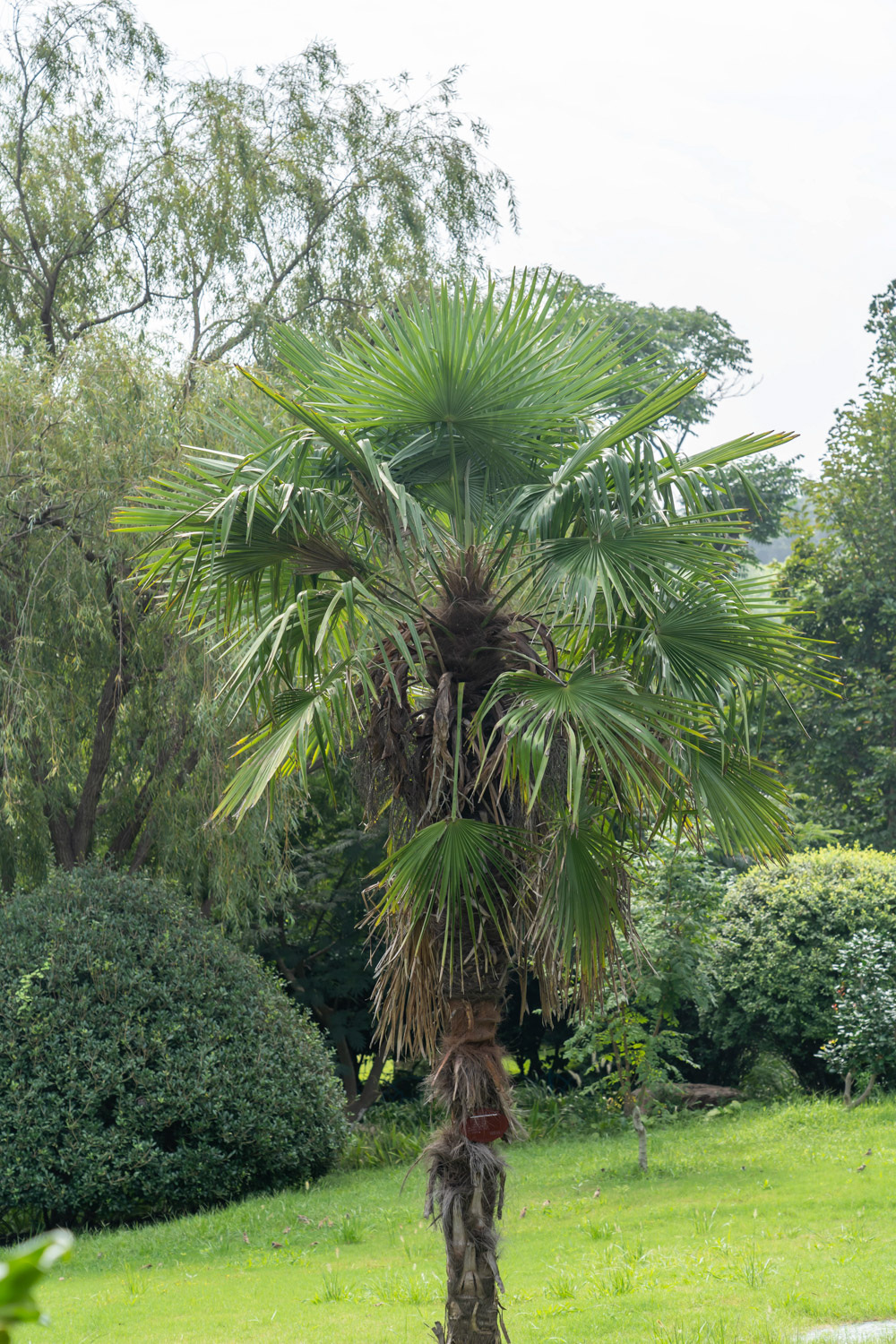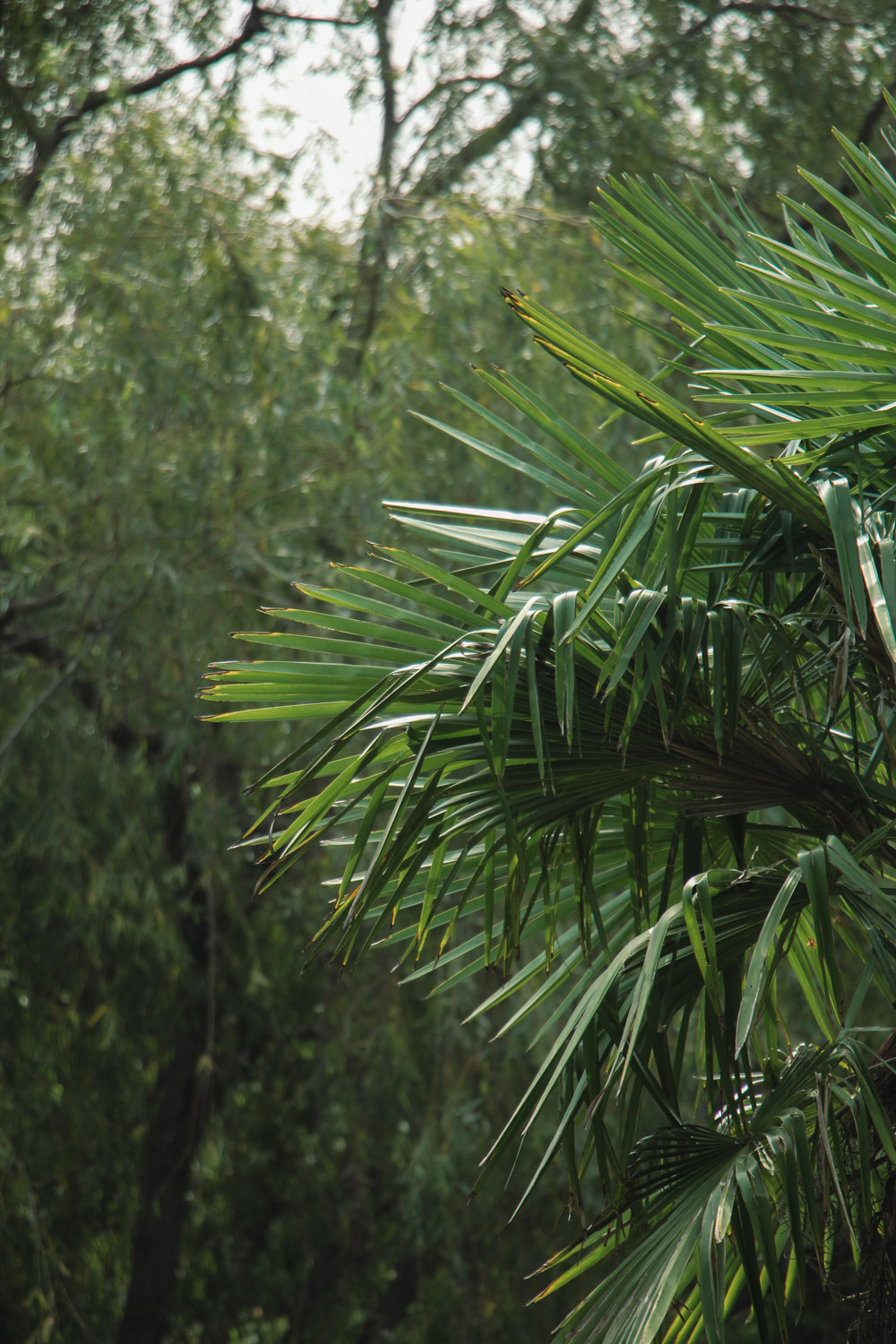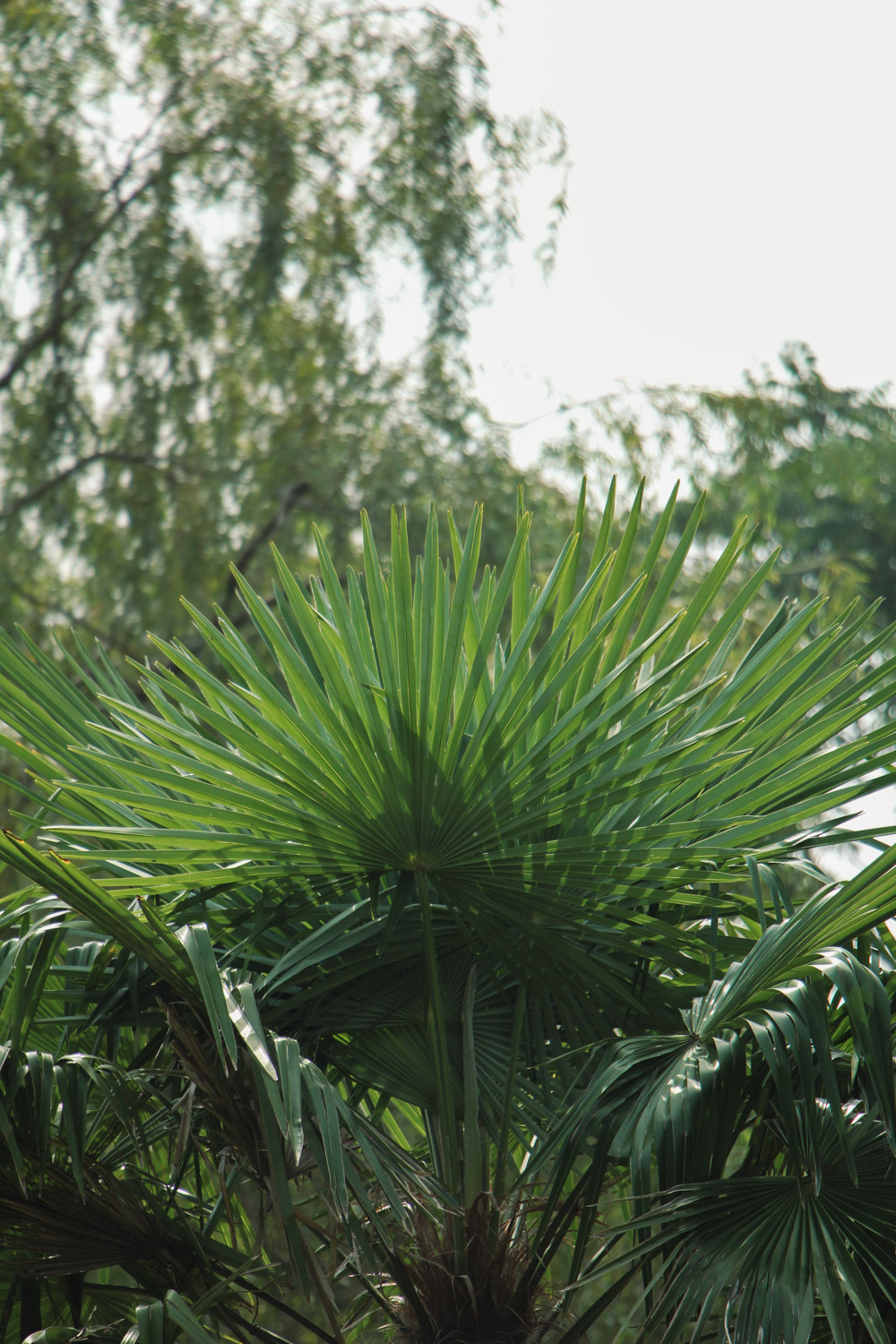1、 Curing method
1. Substrate selection: the requirements of palm for soil are good drainage, moist and fertile. It can resist alkalinity, drought and water, and will grow well in acidic or slightly alkaline soil
2. Temperature management: palm likes warm and humid climate, and the normal breeding temperature can be 22-30 ℃. If it is lower than 15 ℃, it will enter the dormant state, and if it is higher than 35 ℃, it is not conducive to growth

3. Water management: I like a humid environment, but I can't water too much and there can't be ponding, otherwise the root will rot. Generally, it is watered once a week. Due to the high temperature in summer, the watering frequency can be increased. In winter, it grows slowly. It is watered once every 10 days or so
4. Light management: it likes sunshine very much, but it should also avoid the exposure of the hot sun. It can also be raised in a semi cloudy place

2、 Breeding skills
1. Pruning: when transplanting, in order to reduce transpiration and improve the survival rate, the leaves should be cut off, leaving 3-5 leaves and 1-2 heart leaves. However, it takes a long time to restore it to the complete crown, which takes 2-3 years
2. Basin change: basin change should be carried out every 2-3 years, which can be carried out in spring. When changing pots, some organic fertilizer should be applied to the soil as the base fertilizer, and the newly filled soil should be compacted. In addition, pour water once, put the basin in a cool place, and transfer it to a sunny place for maintenance after a week

3、 Diagnosis and treatment problems
1. Rotten roots: after discovering that its roots have rotted, we should pay attention to water control and carefully prune the roots. The root system should also be properly disinfected. It is best to replace the soil, so replanting will avoid root rot again
2. Coconut heart leaf beetle: for palm plants seriously infected with insects, the method of removing plants should be used for treatment, and the chemical control method based on coconut heart leaf beetle Qing powder hanging bag method should be used for treatment

4、 Other issues
1. Whether it can be raised at home: it can be planted at home, but it must meet a series of adaptive conditions such as temperature, soil, moisture, light and so on
2. Whether it can be planted in the ground: because it is native to the tropical rain forest area, it can be planted in the indoor greenhouse. Various outdoor conditions do not meet the requirements of palm and are not easy to survive


 jackfruit
jackfruit snake plant
snake plant hibiscus
hibiscus hydrangea
hydrangea lavender
lavender Green roses climb al...
Green roses climb al... If you don't pay att...
If you don't pay att... Management of four g...
Management of four g...































